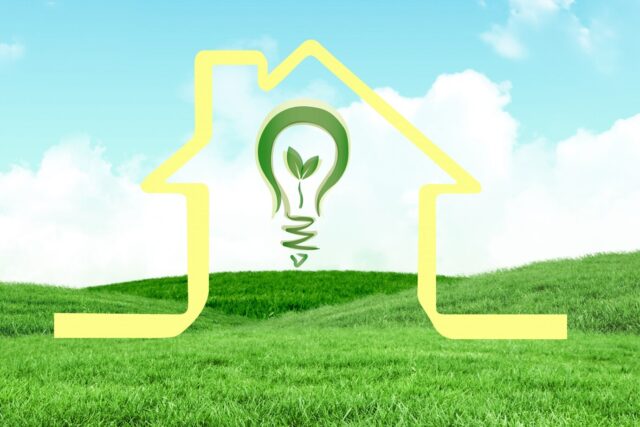With rising utility costs and a growing concern for environmental impact, more homeowners are prioritizing energy efficiency in home design. This blog post from Prominent Builders is a detailed guide on how to build or renovate a home with sustainability at its core.
Key Strategies for Building an Energy-Efficient Home:
1. Smart Layout & Orientation
The way your home is positioned can dramatically affect its energy consumption. South-facing windows can reduce heating needs in winter, while overhangs and trees can provide natural cooling in summer.
2. Proper Insulation & Air Sealing
One of the biggest energy drains comes from poor insulation. This section covers:
- R-values for various insulation types
- Sealing gaps around doors, windows, and ductwork
- Using vapor barriers in basements and attics
3. High-Performance Windows and Doors
Installing Energy Star-certified windows and doors reduces heat transfer and keeps indoor temperatures stable. The blog explores different frame materials, glazing options, and U-factor ratings.
4. Energy-Efficient HVAC Systems
Choosing a properly-sized HVAC unit is essential for energy savings. Prominent Builders recommends:
- High SEER-rated air conditioners
- Zoned heating and cooling systems
- Smart thermostats for automated climate control
5. Water Conservation Features
Sustainable homes go beyond electricity. Learn how to install:
- Tankless water heaters
- Dual-flush toilets
- Low-flow faucets and showerheads
- Rainwater harvesting systems
6. Renewable Energy Integration
Thinking long-term? Solar panels, geothermal systems, and solar water heaters can reduce your carbon footprint and even earn tax credits. The article breaks down costs, ROI, and placement strategies.
7. Lighting and Natural Daylight
LED lighting, motion sensors, and skylights all contribute to energy savings. The blog recommends layered lighting techniques to combine aesthetics and functionality.
8. Eco-Friendly Building Materials
Using recycled, reclaimed, or locally-sourced materials not only reduces waste but also supports a healthier indoor air quality. Examples include:
- Bamboo flooring
- Recycled steel framing
- Low-VOC paints and adhesives
9. Smart Appliances and Automation
The final touch for any modern energy-efficient home is the use of smart appliances—refrigerators, washers, ovens, and more that monitor energy use and optimize performance.
Designing an energy-efficient home isn’t just about saving money—it’s about creating a healthier, smarter, and more sustainable lifestyle. This blog empowers readers with step-by-step tips and highlights the importance of working with experienced builders who understand green construction principles.
Looking for expert remodeling guidance? Contact Prominent Builders today!

